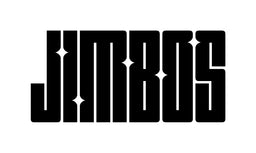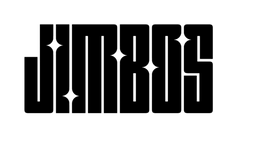Shine Armor Review – Is It Actually Ceramic or Just Smart Marketing?
Shine Armor is one of the most aggressively marketed detailing products on the internet. It promises ceramic protection, glass-like shine, and “Formula 1 results” in a spray bottle. But does it really deliver?
We tested Shine Armor side-by-side with true ceramic sprays to see how it holds up—and whether it’s more than just marketing magic.
What Shine Armor Claims
- “Nano Ceramic” technology in a simple spray
- Water beading and hydrophobic results
- Protection that lasts “weeks”
- Safe for all surfaces
The branding is slick and the Amazon page is packed with buzzwords—but is it a legit ceramic product?
How Shine Armor Performed in Our Test
- Gloss: Nice initial shine, but oily feel on some surfaces
- Water behavior: Weak beading—more like a detail spray
- Streaking: Heavy risk on trim, chrome, and glass
- Durability: Wore off after 1–2 washes on daily driver
We couldn’t confirm any actual ceramic behavior. It looked more like a gloss enhancer with slight water repellency. Definitely not in the same category as pro-grade ceramic sprays.
What We Recommend Instead
Real Ceramic Spray: Tough As Shell
True SiO₂ protection. Safe on trim, glass, and paint. Long-lasting beading. No gimmicks—just results.
Shine Armor vs Tough As Shell – Side-by-Side
| Feature | Shine Armor | Tough As Shell |
|---|---|---|
| Real SiO₂ Ceramic? | No (unclear) | Yes |
| Safe on Trim & Glass | No (can smear) | Yes |
| Beading Performance | Low | Strong |
| Durability | 1–2 washes | 6–8 weeks |
Related Ceramic Content
- Nexgen Ceramic Spray – Real Test Results
- Are Ceramic Sprays Still Worth It in 2025?
- Ceramic vs Graphene – What Works Better?



